In the project „Intelligent building blocks for on-orbit satellite servicing“, iBOSS for short, concepts and implementation possibilities for maintainable, modular satellites are investigated. These concepts form the central basis for the implementation of sustainable on-orbit servicing activities such as the repair of defective system components or the replacement of obsolete instruments with the aim of extending the service life or increasing the performance of the satellite. Further advantages of the modular design are an increased flexibility in development and a more efficient production, whereby significant time and cost savings can be achieved. At the core of the research is the development of structural components and mechanisms. Central topics are the module interfaces for mechanical coupling, data, energy and heat, software tools for planning and optimizing modular systems, concepts for the robotic manipulation of the modules as well as a decentralized software architecture and components for the operation of these systems.
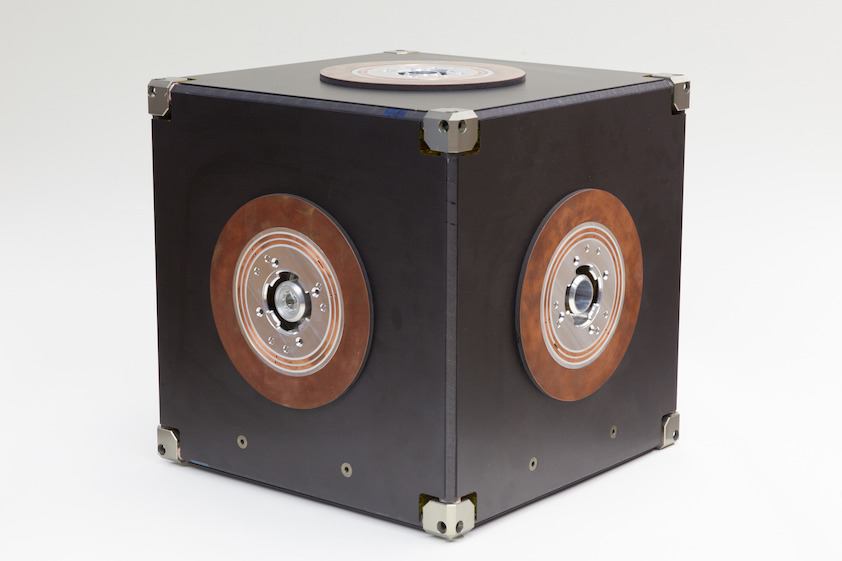
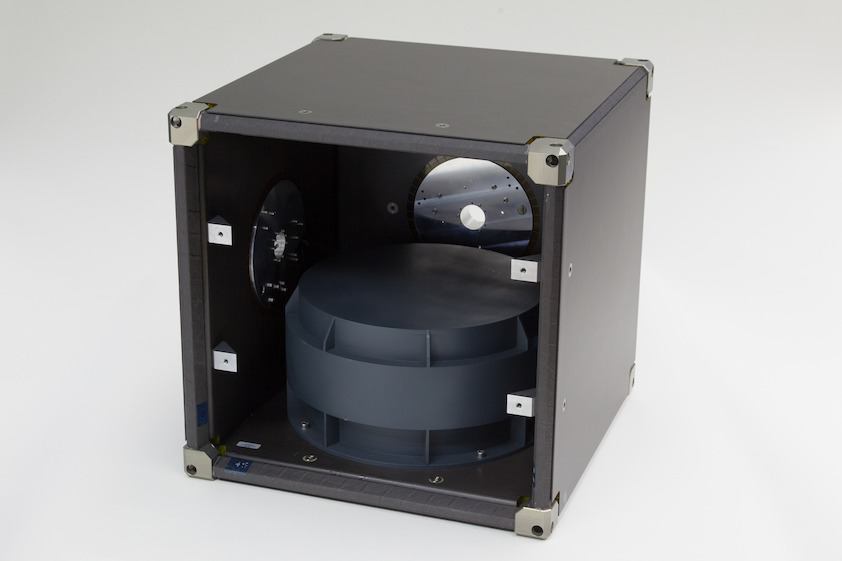
Contact: Thomas Schervan (thomas.schervan@sla.rwth-aachen.de), Michael Schluse (schluse@mmi.rwth-aachen.de)
More information on iBOSS can be found here
INVIRTES
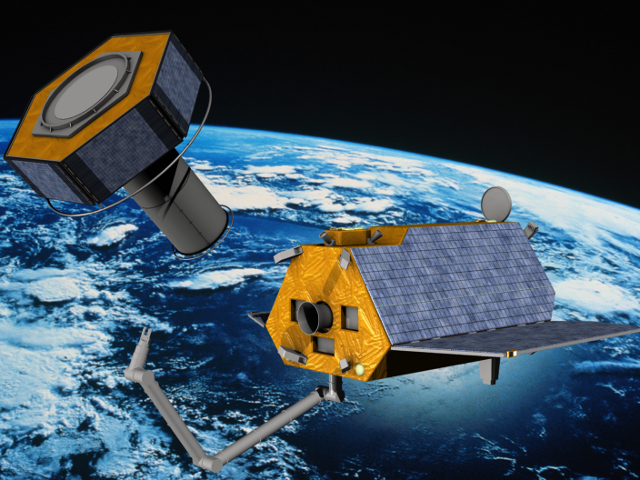
The paradigm of Model-based Systems Engineering (MBSE) supports the multi-disciplinary collaboration in complex development projects. Virtual Testbeds allow for early validation and verification of the model-based design. Goal of the research project INVIRTES was the integration of cross-disciplinary system and test specifications with Virtual Testbeds all based on a comprehensive system model leading to a Simulation-based Systems Engineering (SBSE) approach. This allows for the development of space missions and space components in an agile development process. This process starts with setting up the system specification (CONSENS model and test specification). Then, the user creates Digital Twins of the specified components and links them to the specification. Afterwards, the Digital Twins are combined according to the specified use cases into application scenarios for simulation. The verification and validation of the developed system is based on the previously defined test cases, which leads to various simulation runs. Their analysis provides deep insight into the system behavior. The analysis results – like any other (specification, Digital Twin, …) data – are stored in the central data repository and can be used in the next iteration.
Contact: Linus Atorf (atorf@mmi.rwth-aachen.de), Michael Schluse (schluse@mmi.rwth-aachen.de)
More information on INVIRTES can be found here
ITS - Infused Thermal Solutions
Phase change material infused in additive manufactured integral structures for passive thermal control.
Infused Thermal Solutions introduces a method for passive thermal control to stabilize structural components thermally without active heating and cooling systems. It combines existing latent heat accumulators (Phase Change Material – PCM) with additive manufacturing technology. The principle of the application of phase change material for passive temperature stabilization is already known and has been used on several space flight missions. The difference to the classical PCM applications is that the phase change material is embedded (infused) in the additive manufactured functional structure.
This way, integral structures are created for passive thermal stabilization of complex formed structures. There are no needs of additional components or interfaces, expect the required PCM. This can reduce the system mass or even increase the system by a small relative factor. Due to the reduction of the interfaces, the system is less complex, which increases the reliability of thesystem. Furthermore the ITS-technology can be applied on system level or even on component level and offers a stand-alone solution to stabilize key spacecraft components thermally and thermo-elastically.
Contact: Prof. Czupalla (czupalla@fh-aachen.de), M.Sc. Dominik Wild (wild@fh-aachen.de), M.Sc. Johannes Schrezenmeier (schrezenmeier@fh-aachen.de)
More information about ITS can be found here
Information about space management can be found here
Information on financing can be found here
LEVITY
LEVITY is designing a small satellite called ESKIMO, which on the one hand serves the commercial near earth area and on the other hand can fly to the moon. From 2022 onwards, European space travel offers for the first time a commercial possibility for small satellites to reach the geostationary orbit. Levity plans to launch on Ariane 6 as a secondary payload, in order to accelerate to the moon by means of an electric propulsion system after successful separation from the rocket from the geostationary orbit. This will create the first commercial infrastructure to the Moon for small satellites.
The development of the satellite aims at cost efficiency through standardization and use of already available components. Together with an electric propulsion system, the platform will provide a universal infrastructure for future generations of small satellites, especially in the lunar range.
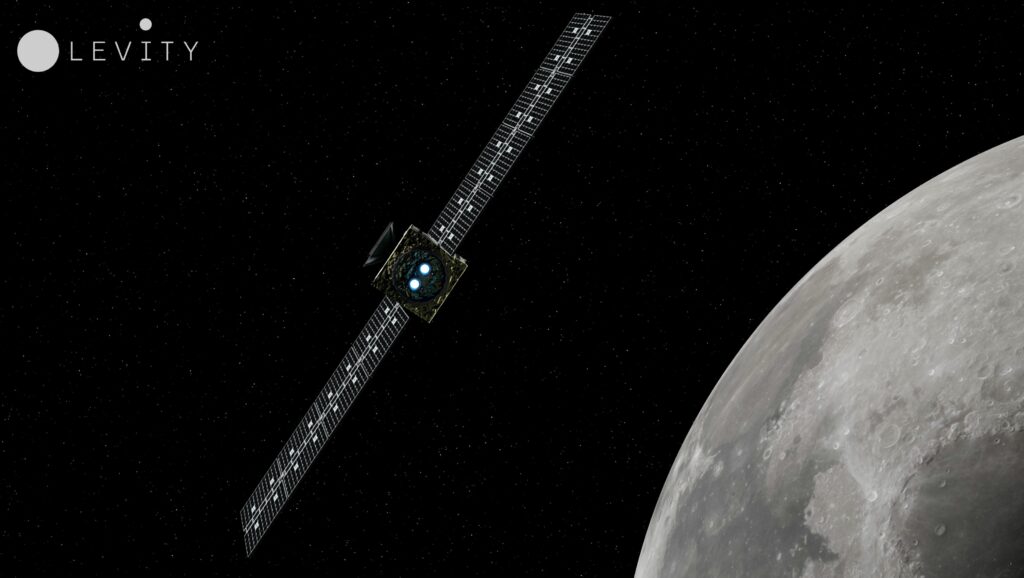
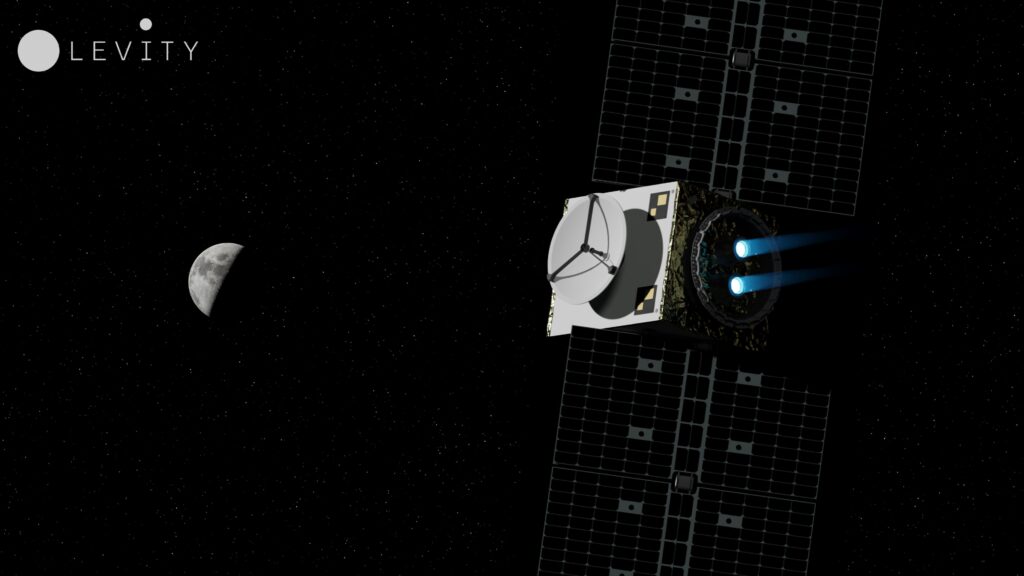
Contact: Prof. Czupalla (czupalla@fh-aachen.de), Andrés Lüdeke (luedke@fh-aachen.de), M.Sc. Lars Kessler (kesseler@fh-aachen.de)
More information on LEVITY can be found here
Information on financing can be found here
MoonFibre
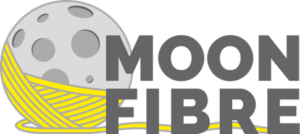
As the so called New Space Age begins, mankind’s interest is being shifted from LEO towards exploring Mars and our closest celestial neighbour – the Moon. Unlike during the Apollo Era, this time the goal is to establish a permanent settlement there. This requires building suitable bases for human colonists. Launching finished habitats for such bases from Earth is extremely expensive and would not allow building a large sustainable colony. To reduce the cost of building such a settlement, the in-situ resource utilization is preferred. In order to create a sustainable lunar colony, a variety of products will have to be produced on the Moon itself. Many of such products can be made using fibres. In the MoonFibre project, a miniaturized and automated spinning plant is built to produce fibres out of lunar regolith on the moons surface. By chemical composition, lunar regolith is basalt.
Contact: Dr. Alexander Niecke (alexander.niecke@ita.rwth-aachen.de), Stephan Kalapis (stephan.kalapis@sla.rwth-aachen.de)
More information on MoonFibre can be found on the sla-website and here
Numerical investigation of transition mechanisms in hypersonic boundary layers of generic re-entry geometries
The overall objective of this proposal is the identification of essential effects and mechanisms that lead under perturbed freestream conditions and various types of roughness distributions to laminar-turbulent transition on the frontbody of blunt reentry vehicles. To satisfy this objective the determination of the pertubations in the wind tunnel flow of the Hypersonic Ludwieg Tube Braunschweig (HLB), which is based on experimental data from TP2-BS and direct numerical simulation results from TP1, will be improved by using a stagnation-point probe. This is a consequent result of the first funding period in which it was shown that the cone probe has unfavorable properties for the modal decomposition of the measured tunnel noise. The pertubation data of the wind tunnel in conjunction with novel transition experiments in the HLB will be linked to the determined tunnel noise and used to improve correlations of transition and tunnel noise.
In the numerical investigations in the second funding period, the interaction of the determined tunnel noise and distributed roughness on the forebody of a blunt reentry vehicle will be analyzed. Since it was shown in TP2-GÖ that modal growth cannot be expected for the reentry vehicle in the current Reynolds number range of the HLB, non-modal transient growth is investigated in the wake of the roughness. Therefore, it is to be analyzed how tunnel noise under certain conditions excites stable boundary layer modes and such influences transient growth. Next, the influence of various arrangements of deterministic distributed roughness is investigated to understand whether or not the roughness arrangement has a fundamental impact. If this is not the case, easily parameterizable deterministic distributed roughness can be used in future numerical and experimental investigations to mimic more realistic stochastically distributed rough surfaces.
Contact: Prof. Dr. Wolfgang Schröder (office@aia.rwth-aachen.de)
VSRT - Virtual Space Robotics Testbed
The Virtual Space Robotics Testbed has been developed in several space robotics-related projects and addresses the necessity for a sustainable Virtual Testbed platform which covers the full life-cycle of robotic systems in space. The Virtual Space Robotics Testbed comprises state-of the art simulation algorithms including multibody dynamics, robot kinematics and sensor simulation as well as advanced intuitive interaction devices and -metaphors. It comprehensively interfaces with external software components (e.g. based on Matlab, Python, etc.) and with renownedFEM and AI tools as well as with simulation interface standards like e.g. the Functional Mockup
Interface (FMI). Thus, the Virtual Space Robotics Testbed serves as the basis for an integrated approach to simulation-based engineering, whichin turn enables simulation-based analysis and optimization on system level as well as simulation-based validation methods. With respect to the development timeline, the goal is to “make the virtual mission fly years before the real mission is launched”.
Contact: Tobias Osterloh (osterloh@mmi.rwth-aachen.de), Jörn Thieling (thieling@mmi.rwth-aachen.de), Michael Schluse (schluse@mmi.rwth-aachen.de)
More information about VSRT can be found here
STUDENT PROJECTS
Ampex/Igluna

On August 20th 2018 the existence of water ice on the lunar surface was confirmed by scientists taking a fresh look at the data gathered by the M3 instrument of the Chandrayaan-1 spacecraft launched in 2009. With the existence of water ice, a permanent life on the moon has become more likely. Space companies worldwide have now given the go-ahead to make this dream come true.
ESA has therefore launched a student project called Igluna to simulate a lunar habitat. The Team from RWTH Aachen University consists of students from the fields of space technology, design engineering, electrical engineering, computer science and geology. They have set themselves the goal of developing a modular exploration system and thus launched the project AMPEX. Thanks to its modular design, AMPEX enables more efficient exploration of celestial bodies.
More information on AMPEX/IGLUNA can be found here
DAISY (closeD Agricultural lIfe Support sYstem)
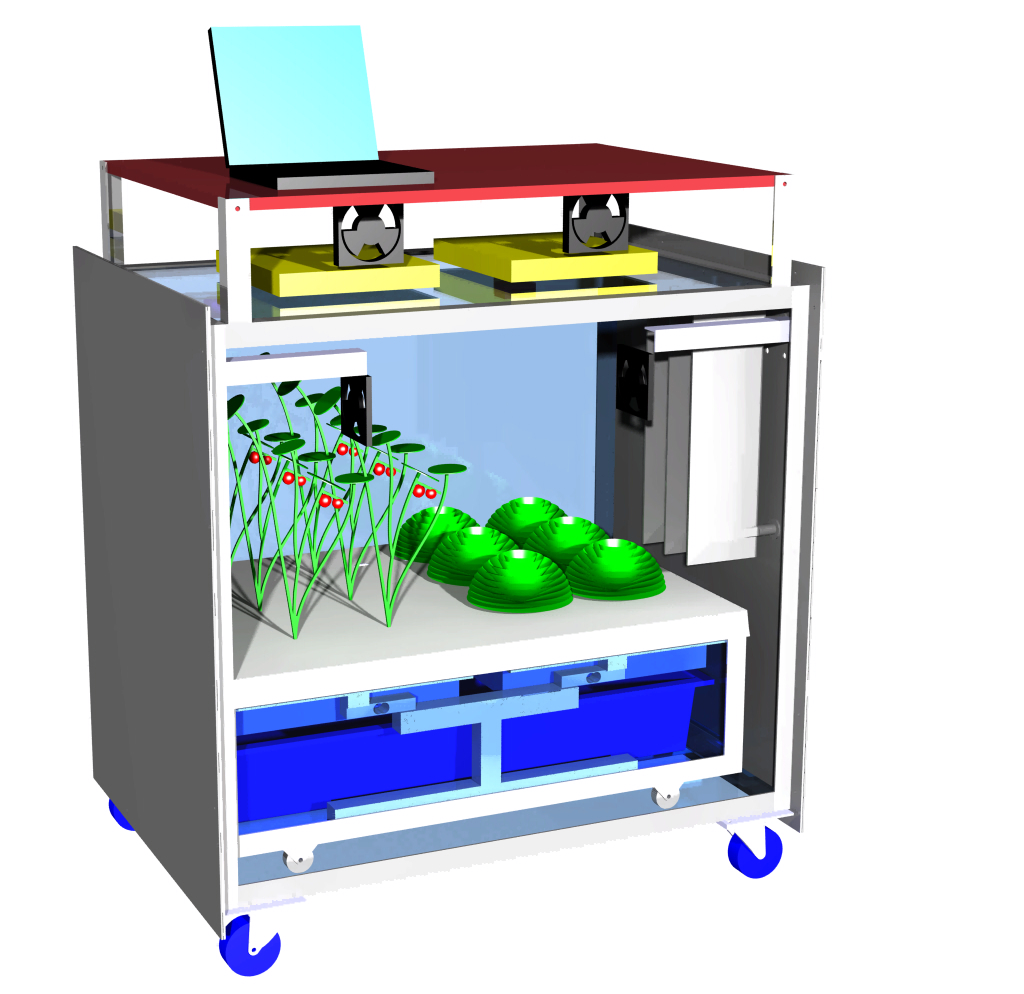
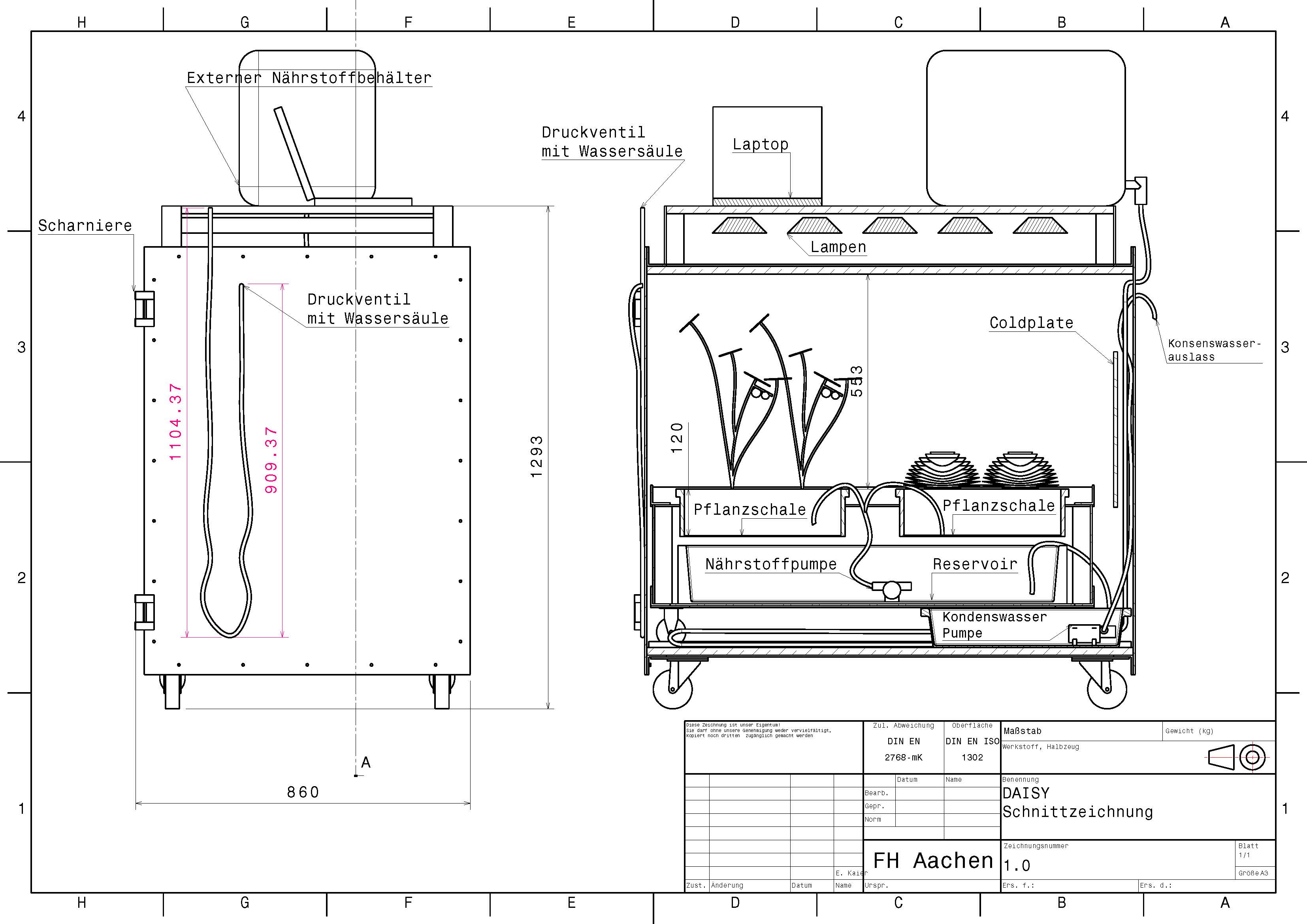
The DAISY project is developing a hardware/software test environment for hybrid life support systems (LSS) for future manned space missions.
For this purpose, a small closed plant growth chamber (1m²) is developed in which water supply, temperature, pressure, lighting and gas composition can be controlled.
The chamber will initially be used to characterize plants as LSS components. In a second step it will be coupled with an LSS simulation to simulate manned space missions with plants as „hardware in the loop“. The other LSS components will be mapped numerically.
The goal of DAISY is a decentralised coupled hardware/software validation of closed life support systems for manned space missions.
Contact: Prof. Czupalla (czupalla@fh-aachen.de), Ilse Holbeck (ilse-marie.holbeck@alumni.fh-aachen.de)
KRONOS
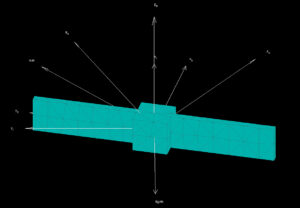
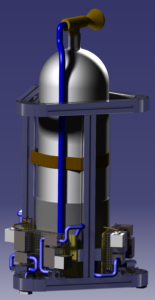
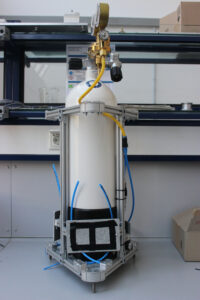
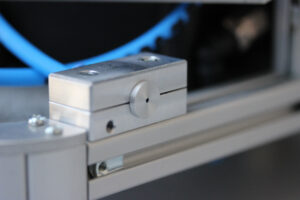
The Space Exploration Lab is currently developing an orbital simulation environment for the development of spacecraft, which will enable the interdisciplinary analysis and design of satellite subsystems (propulsion, attitude control, power supply, communication).
The KRONOS project lays the foundation for the validation of attitude control systems using hardware. A demonstrator is being developed which uses an on-board cold gas propulsion system in combination with air bearings to carry out both rotary and translational movements in the plane. Equipped with adapted position control systems, the control of the demonstrator is only dependent on the control algorithm sensor inputs.
With this demonstrator for plane movements, simplified control loops can already be tested.
This setup thus forms the basis for the development of an off-ground simulator that can demonstrate position control systems on parabolic flights. Thus the complete development of attitude control systems, including tests and validation, on student level is made possible.
Furthermore, the foundation stone for further AOCS-related topics such as the construction of a docking test laboratory or an AOCS test laboratory for microsatellite projects will be set.
In the long term, KRONOS will lay the foundation for formation-flying, cooperative optical payloads.
Contact: Prof. Czupalla (czupalla@fh-aachen.de), Tom Theisen (tom.theisen@alumni.fh-aachen.de)
Space Team Aachen
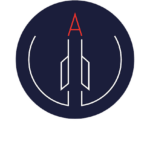
We are a diverse team of students from many fields designing, manufacturing and testing rockets from Aachen, Germany. The purpose of our rockets is to gain knowledge and experience in the general engineering design process as well as in the technological challenges of space flight. It is important to us, to exchange the gained knowledge throughout all team members. We design, manufacture and build the rockets with integrity and go through rigorous testing to ensure safety.
Our vision is to design rockets to participate in international rocketry challenges. Additionally, we want to gain as much knowledge as possible through experimental projects and provide it to all our team members. Lastly we hope to inspire the next generation of students in the aerospace field.
More information on STA can be found here
